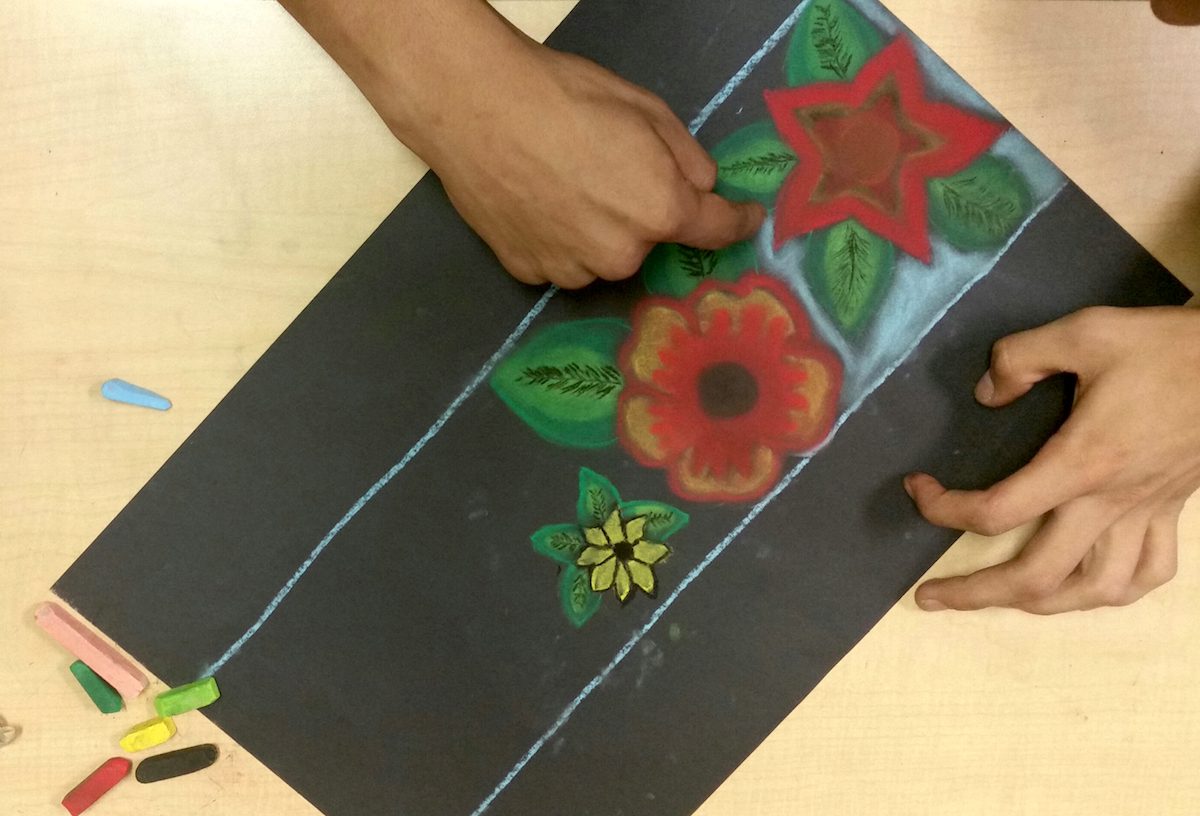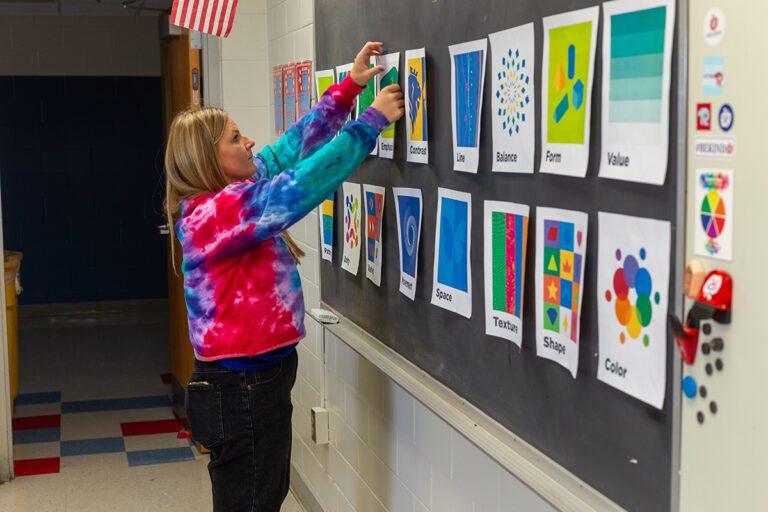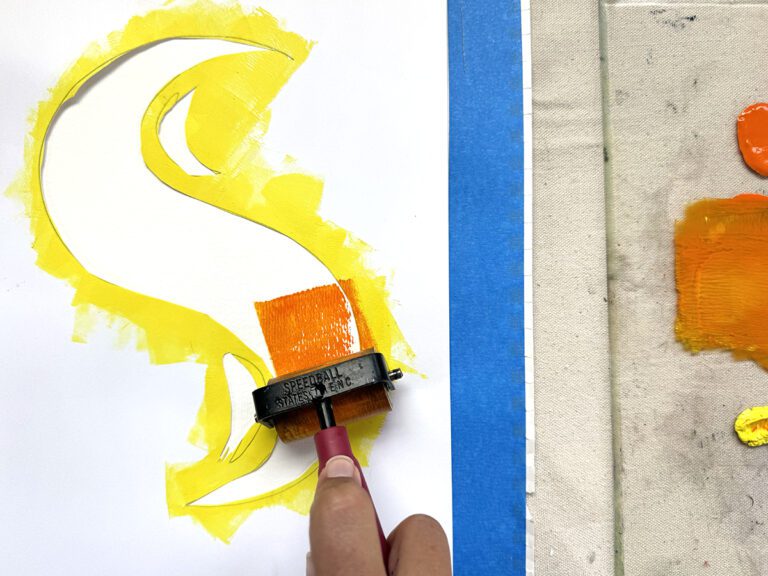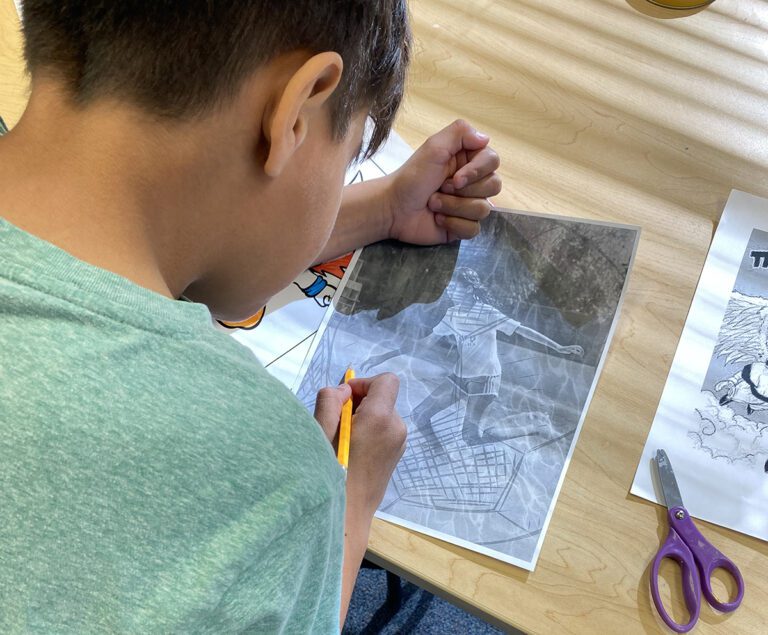What sort of art is the best? Is it the highly realistic painting with fruit so dimensional it looks like you could pick it up and eat it? Maybe it’s the abstract work with expressive mark making that adroitly depicts mood or the contemporary work that connects to issues of the moment? We, of course, know determining the “best” of anything is dependent on a range of contingencies. Preference is personal. However, adults often forget this when it comes to children. We want them to take their time, to be careful, so we come up with a definition for “good craftsmanship.”
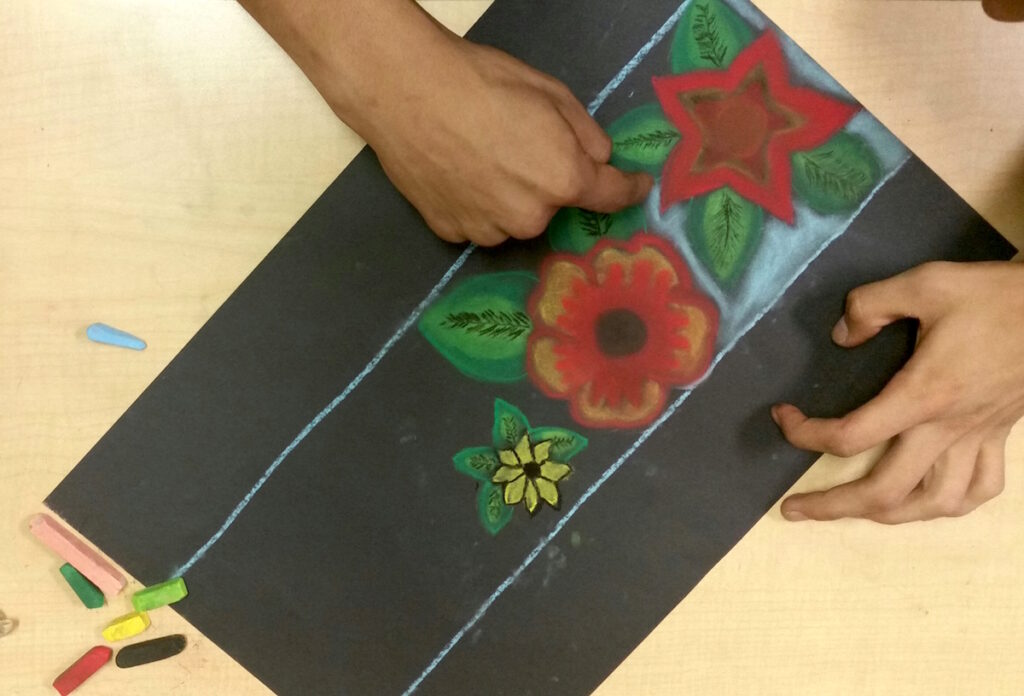
What is good craftsmanship?
We make signs and posters to describe it. The circle colored in with even, linear strokes of marker is “good,” the one colored with swirling, energetic lines that leave negative space is “bad.” This makes sense if you’re solely focusing on neatness. It makes no sense, however, if your goal is to instruct the individualized intricacies that make up the human collective of artistic expression. Look at the work of abstract expressionists like Franz Kline and Jackson Pollack. Or, for a more modern example DALeast. Even a cursory glance at contemporary art or art history shows us neat, even color is just one of many options.
I think, deep down, art teachers know the idea of a “right” way to color or shade or stipple is a false paradigm, but we continue to teach in absolutes. We argue students have to learn the rules before breaking them, kids need to acquire skills before they can be creative. However, creativity is the soul of art; it’s the entire point. We shouldn’t ever take our beautiful, divergent, luminous subject and boil it down to “yes” or “no” if we don’t have to.
The fact is, craftsmanship is not a “one right way” sort of thing. It’s a smorgasbord of options. To teach it as anything else doesn’t teach skills, it teaches compliance.
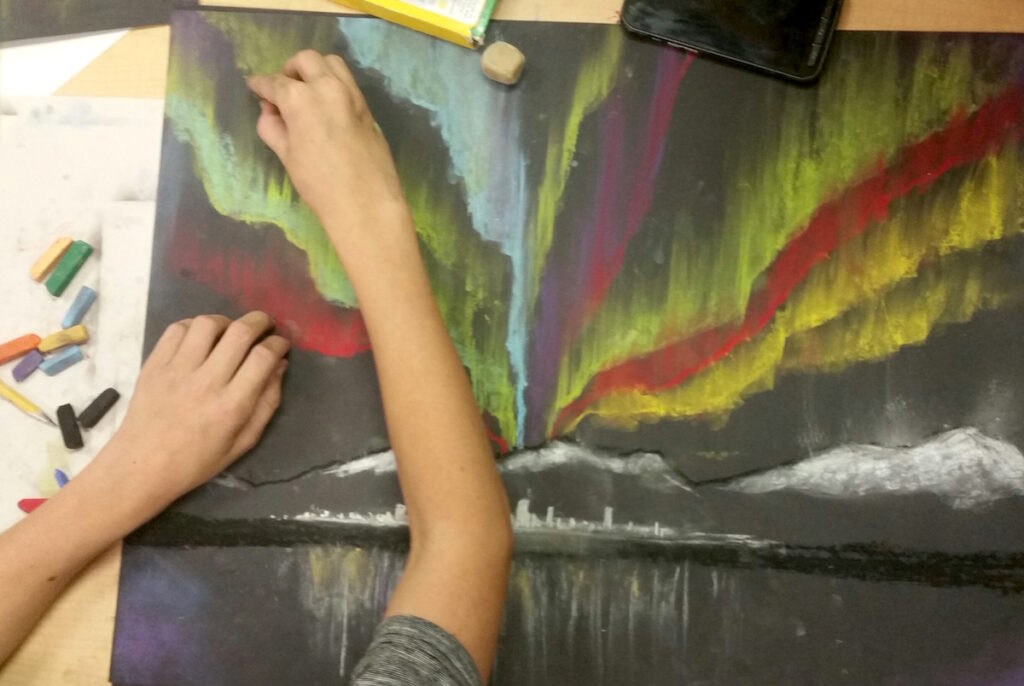
Instead of teaching in absolutes, we should teach in options whenever we’re able. The benefits of this are enormous because students are asked to apply concepts instead of copy a model, resulting in deeper learning. Additionally, this approach makes room for personal voice and diverse definitions of success.
So, how can we move away from absolutes? Here are three ways to include options in technique instruction.
- When modeling a technique, say, “This is my preference, because…” and explain why. Then add, “You might choose to work in a different way.”
- Include multiple technique examples in charts and demos.
- Make craftsmanship conversations about how to use materials to achieve the student’s vision.
Craftsmanship in the visual arts is important, but we need to be authentic and honest in how we teach it. If we what we call “good craftsmanship” boils down to who best emulates our preferred style, we are doing both our students and our profession a disservice.
What are your thoughts? How do you approach craftsmanship in your room?
Magazine articles and podcasts are opinions of professional education contributors and do not necessarily represent the position of the Art of Education University (AOEU) or its academic offerings. Contributors use terms in the way they are most often talked about in the scope of their educational experiences.
